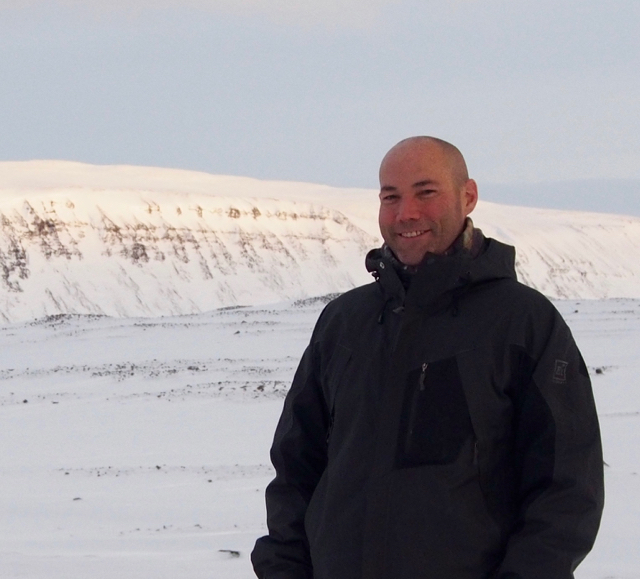Brent Minchew
Cecil and Ida Green Career Development Professor
Department of Earth, Atmospheric and Planetary Sciences
Abstract
The dynamics of glaciers and ice sheets influence rates of sea-level rise, freshwater supplies, and landscape evolution. Decades of research has highlighted key processes and connections between terrestrial ice, the climate, and the solid earth, but limited observations of glaciated regions have allowed fundamental questions in glaciers dynamics to remain open.
In this talk, Minchew will explore one such question: What is the viscosity of glacier ice? More specifically, he will discuss recent work aimed at understanding the creep mechanisms that allow for viscous flow of ice and how best to represent those mechanisms in ice-flow models. He will build upon these efforts by summarizing early stages in the development of a radical new observational capability enabled by uninhabited aircraft (drones) capable of flying for months at a time over the ice sheets collecting data with unprecedented spatial and temporal resolution, and providing a wealth of new data to address a variety of questions in Earth science.
Biography
 Brent Minchew is originally from Texas and served eight years on active duty in the US Marine Corps before receiving BS and MS degrees in Aerospace Engineering from the University of Texas at Austin in 2008 and 2010, respectively. He earned his PhD in geophysics at the California Institute of Technology in 2016, and was an NSF Postdoctoral Fellow at the British Antarctic Survey in Cambridge, UK, from 2016 to 2018.
Brent Minchew is originally from Texas and served eight years on active duty in the US Marine Corps before receiving BS and MS degrees in Aerospace Engineering from the University of Texas at Austin in 2008 and 2010, respectively. He earned his PhD in geophysics at the California Institute of Technology in 2016, and was an NSF Postdoctoral Fellow at the British Antarctic Survey in Cambridge, UK, from 2016 to 2018.
Minchew is currently an Assistant Professor of Geophysics in the Department of Earth, Atmospheric, and Planetary Sciences at the Massachusetts Institute of Technology, where he leads the Remote Sensing and Glacier Dynamics group. Brent’s research interests focus on the flow, deformation, and fracture of glacier ice. He uses remote sensing observations and simple physical models to study the mechanics of rapid glacier flow.
